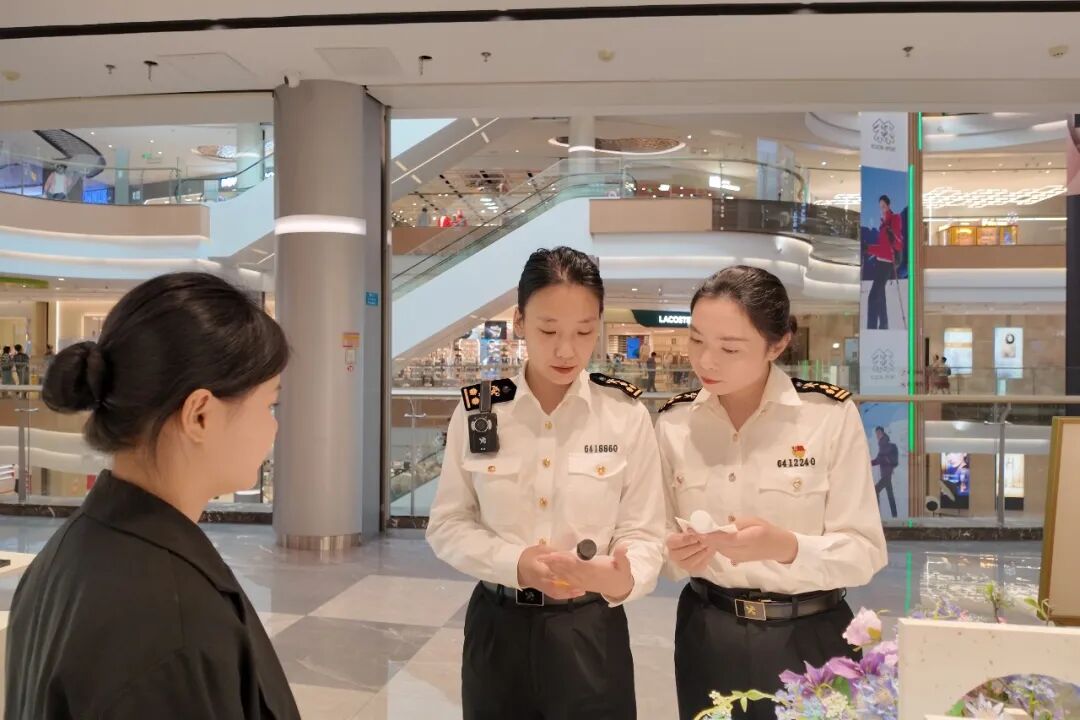INDIA. In a boost to travel retail, shoppers at Indian duty free stores can now purchase using Rupees up to the value of INR25,000 (US$370). The previous ceiling, under rules introduced in September 2005, was INR5,000.
Duty free shops in India will also have to display their prices in Rupees as well as in foreign currency with immediate effect, following a request from the Central Board of Excise & Customs (CBEC).
Excise & Customs said it was responding to traveller demand that they be allowed to use their home currency in the stores.
In a circular to the duty free trade outlining the measures, CBEC said: “Representations have also been received from travellers that duty free shops neither display prices in Indian Rupees nor display India-made goods at duty free shops, which depreciates the visibility of Indian manufactured products and Indian currency. This issue was discussed during the course of consultations with duty free shop operators.
“They were also requested to display prices of goods in Indian currency alongside of international currencies. It was also suggested that as a measure of transparency and fair practice, they should display the rate of exchange published by the commercial banks for conversion of foreign currency or the rate of exchange notified by the CBEC on a fortnightly basis for import and export of goods. The industry representatives were agreeable to implementing the above measures.”

Several leading travel retailers confirmed the directive, noting that it was applicable to all stores with immediate effect.
One said: “INR25000 is huge relief and will have a positive impact on business. It was long overdue and a requirement from the customer. This will prompt Indian nationals to spend more and support the latest payment mechanisms like wallet-based payment, pre-booking, e-payments etc.”
Another leading retailer said: “Now travellers can spend INR25,000, it is good news for duty free as there was previous negative feedback about them not being able to use Rupees. We were eager to do this. Like other countries [the authorities] want us to display prices in local currency. Only time will tell its full impact.”
















